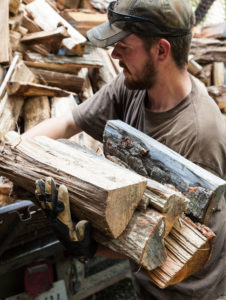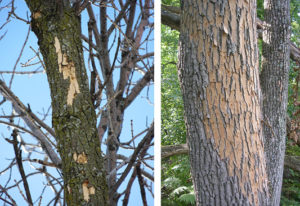By Bill McNee, forest health specialist, Oshkosh, Bill.Mcnee@wisconsin.gov, 920-360-0942
The DNR Forest Health Program currently has proposed guidance, “Organizing an aerial spray for forest pests: Recommendations and regulations,” available for public comment until May 25. The document can be found on the proposed DNR program guidance webpage under “new proposed program guidance.” Comments can be submitted through this webpage.
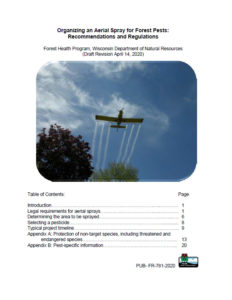
Cover page of proposed aerial spray guide.
Continue reading “Proposed guidance available for public comment”

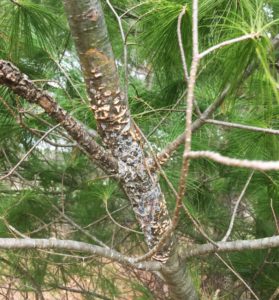
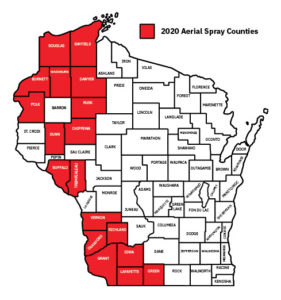
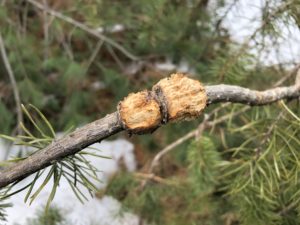
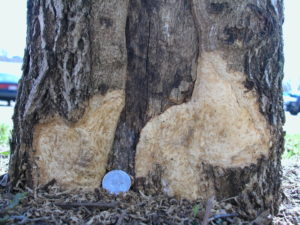
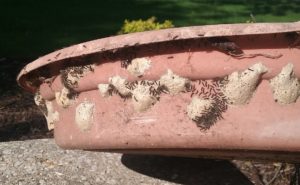
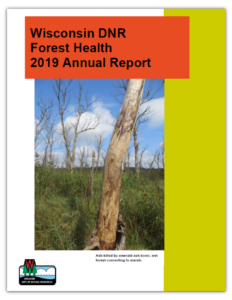 The DNR Forest Health team recently completed the
The DNR Forest Health team recently completed the 